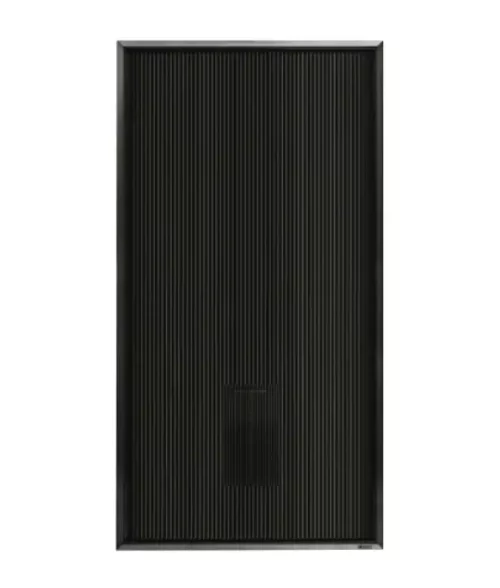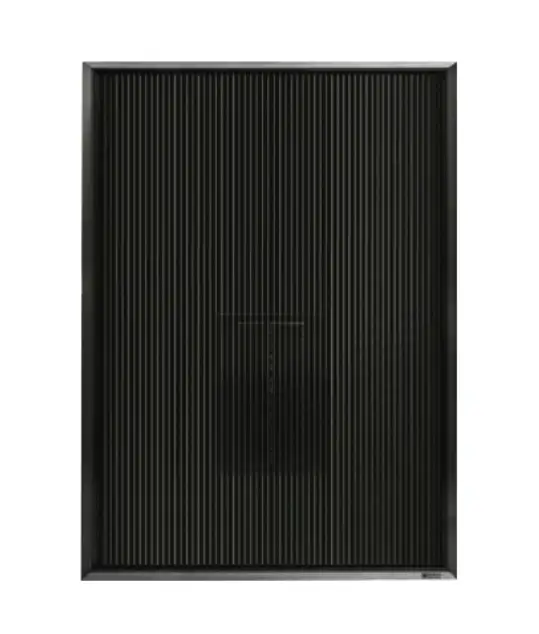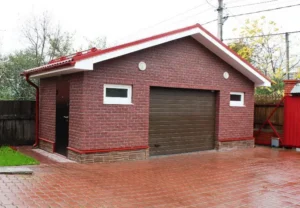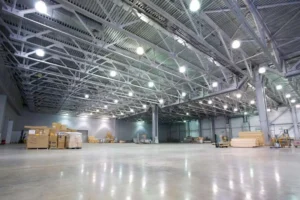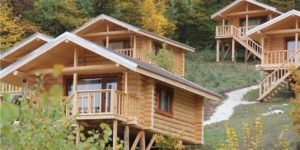Solar collector for low-rise buildings
Low-rise buildings are mainly buildings no higher than 2-3 floors. They have a lightweight engineering infrastructure and are not equipped with elevators and garbage chutes. Solar collector for low-rise buildings allows you to effectively solve heating and ventilation issues.
Features of low-rise buildings
The construction of low-rise buildings is carried out according to modern technologies in construction. Both traditional methods and systems of prefabricated buildings with a load-bearing frame are used.
There are several basic formats of low-rise buildings:
- individual buildings (estates, cottages, country houses) located on a large plot of land;
- townhouses intended for 2-3 families and having a small adjoining plot;
- apartment buildings in 3-4 floors.
These designs are widely used in the field of alternative energy. For example, San Francisco law obliges owners of low-rise residential and office buildings to equip them with solar heaters or solar panels. As a general requirement of the State of California, the roofs of all new buildings must be at least 15% suitable for the installation of such equipment, and be located not in the shade.
Those who, for whatever reason, are not able to comply with the requirements of the new act, which entered into force at the beginning of 2017, can take advantage of the amendment to it. It allows you to organize a green garden on the roof instead of installing collectors.
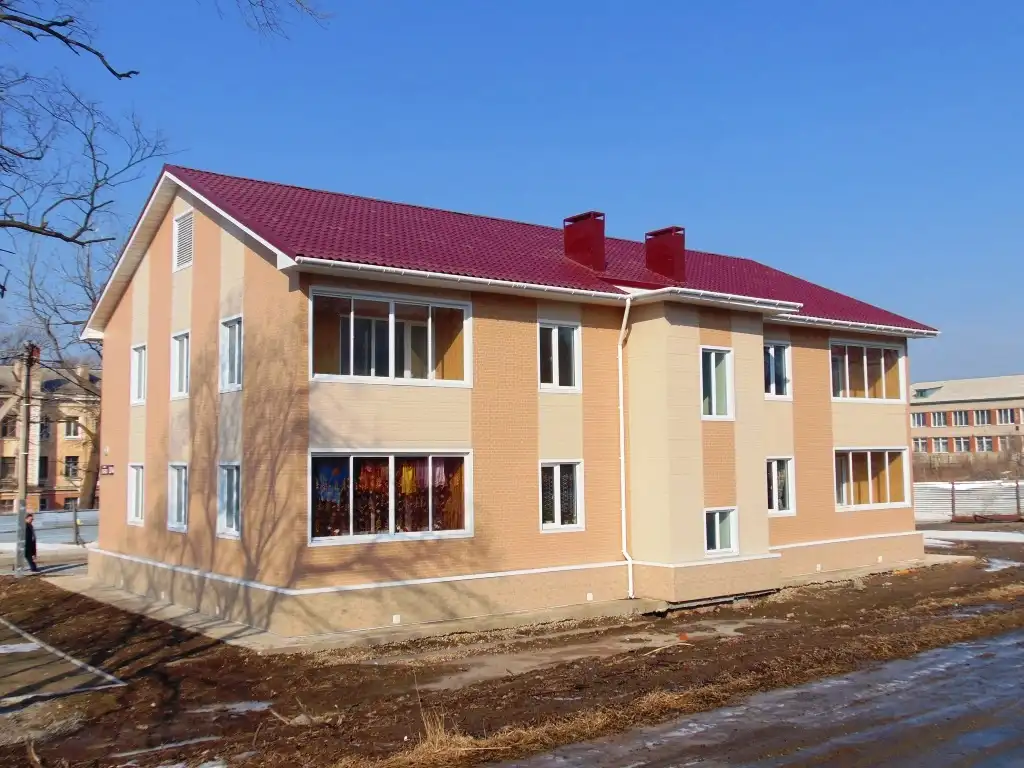
Heating of low-rise buildings
To date, there are many ways to heat low-rise buildings. It is often centrally produced, although individual designs provide more opportunities to save resources and, consequently, residents’ money.
There is a wide range of devices on the modern market for heating devices. They can vary significantly in cost and design. It is important that the heat transfer guaranteed by the characteristic is calculated under standard test conditions.
The standards of the Russian Federation require data to be obtained at coolant parameters of +110/+70°C, while its nominal mode during operation in a residential area is +85/+60°C. This means that the number of appliances for a particular house should be calculated with a margin of 25-30%.
Country houses and cottages usually require an independent decision on the choice of the type of energy carrier and the option of organizing a closed heating system. In any case, its development requires a scheme that includes:
- boiler;
- radiators serving as heat sources;
- pipes for moving the coolant;
- additional equipment (circulation pump, expansion tank, thermometer, pressure gauge, stop valves).
The productivity of closed heating systems is largely determined by the type of movement of the coolant.
Heating system with natural circulation
In designs focused on independent circulation of the coolant, water moves through pipes under the influence of natural physical laws. In order for natural convection to be effective, certain nuances must be observed when installing the heating system.
- The supply and return circuits require installation at a slight angle, facilitating the flow of heated fluid.
- The diameter of the pipes of the return circuit must be larger than that of the supply circuit.
- An expansion tank with a hinged lid must be located above other elements of the system to create a certain pressure in it.
This option requires a careful calculation in setting the angle of inclination of the pipes, and also forces an overexpenditure of energy to heat a significant volume of coolant to a high temperature. In structures with natural fluid convection, it is impossible to use some modern materials (for example, plastic pipes on the supply side), it is also impossible to connect systems operating like a warm floor to it.
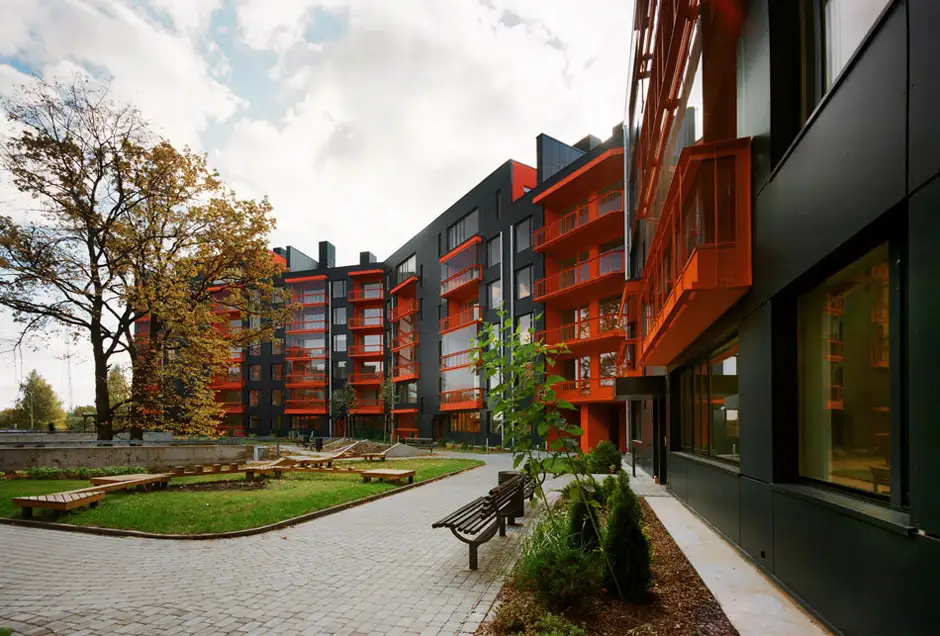
Heating system with forced circulation of the coolant
In designs with forced circulation of liquid through pipes, the use of a pump is key.
- The circulation pump allows you to refuse to create a slope of the pipes of the supply and return circuits, which simplifies the process of their installation.
- The amount of coolant required under the conditions created by the circulation pump is reduced, moreover, it is evenly distributed through the pipes, so less energy is required to warm it up.
- Forced circulation of the coolant allows you to place closed-type expansion tanks anywhere in the system, as well as freely connect radiators.
A system with forced fluid movement is a modern option for heating low-rise buildings, which allows the use of pipes of small diameter from any materials. It is important to consider only that it requires an uninterrupted supply of electricity for its operation.
Heating system “warm floor”
The use of underfloor heating systems allows you to get a number of advantages in solving the issue of heating low-rise buildings, which include:
- hidden laying of cables or pipelines;
- comfort and ease of use;
- excellent adjustability;
- heat resistance.
Sanitary standards limit the possible upper limit of the supply of thermal energy from 1 square. m floor, since the maximum temperature of its surface is set: + 26 ° C for ordinary rooms and + 31 ° C for bathrooms.
Ventilation of low-rise buildings
There are two main types of ventilation according to its purpose: exhaust and supply.
Exhaust ventilation system
Exhaust ventilation systems are required for arrangement in bathrooms, bathrooms and toilets, as well as in kitchens and boiler rooms, if any. Its effectiveness when using the principle of natural air circulation depends on environmental factors, especially temperature and wind direction.
Forced exhaust requires the use of duct fans. For low-rise buildings, the most popular are economical low-noise models, the launch of which is associated with turning on a lighting device or opening a door.
Supply ventilation system
To carry out the flow of air in cottages and other individual buildings, vents and windows are most often used. The lack of efficiency of this method of ventilation becomes especially evident after the installation of sealed window structures and in cold seasons.
In winter, the air entering the rooms from the outside must be heated. The difference between its temperature and the indicators in the room should be no more than 3-4 ° C.
Mechanical devices for organizing forced ventilation allow optimizing air exchange. For use in low-rise buildings, the scheme is most in demand when the central chamber for air inflow is located in the utility room:
- in the attic or attic;
- in the basement or basement.
It necessarily includes a filter, a heater and a fan. The heater can independently generate heat or take it from the heating boiler. Fresh air enters the rooms through a system of air ducts equipped with grilles. On hot days, it can be cooled with a small refrigeration unit.
Modern recuperative installations are designed to save money on heating the atmospheric masses entering the room. To increase its temperature, the heat of the removed air is used. Recuperators are small devices that are convenient for installation under the ceiling of rooms.
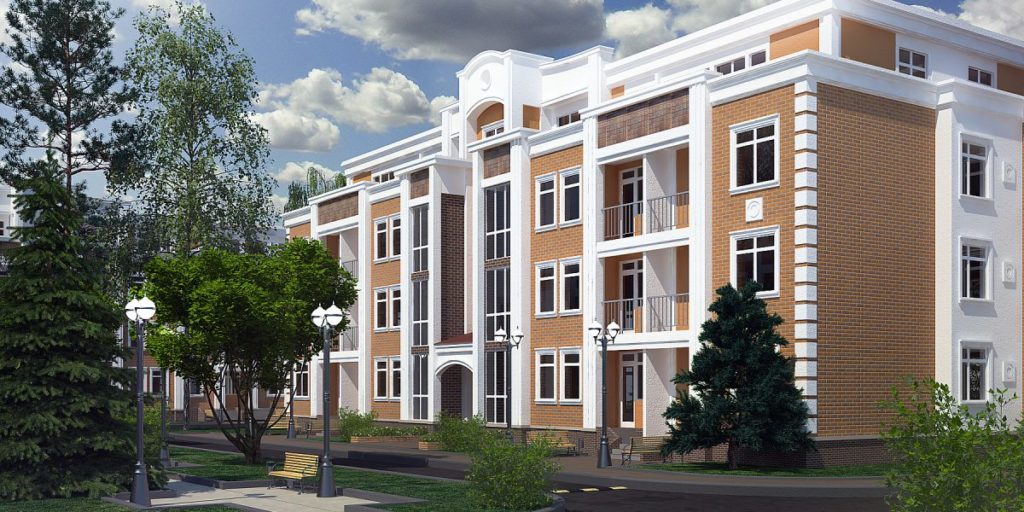
The use of a solar collector for the arrangement of low-rise buildings
Air collectors for heating and ventilation of rooms in low-rise buildings use the free energy of sunlight.
As a device for ventilation, the collector allows:
- fill the premises with fresh air in accordance with modern hygiene standards;
- warm up to the desired temperature the atmospheric masses coming from outside;
- remove moisture vapor accumulated in the building, carbon dioxide and unpleasant odors;
- dry a room of any type, including basements, outbuildings and attics;
- effectively resist the appearance and development of mold, damage to household items, tools and finishes.
Heating with an air collector is carried out by heating the air entering the rooms to the desired temperature. It provides a positive temperature in the room when operating in automatic mode, which allows it to be used as a heating system for makeshift houses and country houses.
The uninterrupted operation of the collector keeps buildings from premature wear, as it prevents freezing of building structures and the formation of ice and condensate.
A solar collector for low-rise buildings must be selected taking into account the area and geometry of the premises. Depending on the specific climatic conditions, it can be the basis of a full-fledged engineering system for heating and ventilation, or be a complementary link to it.

